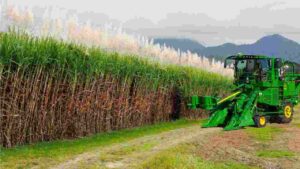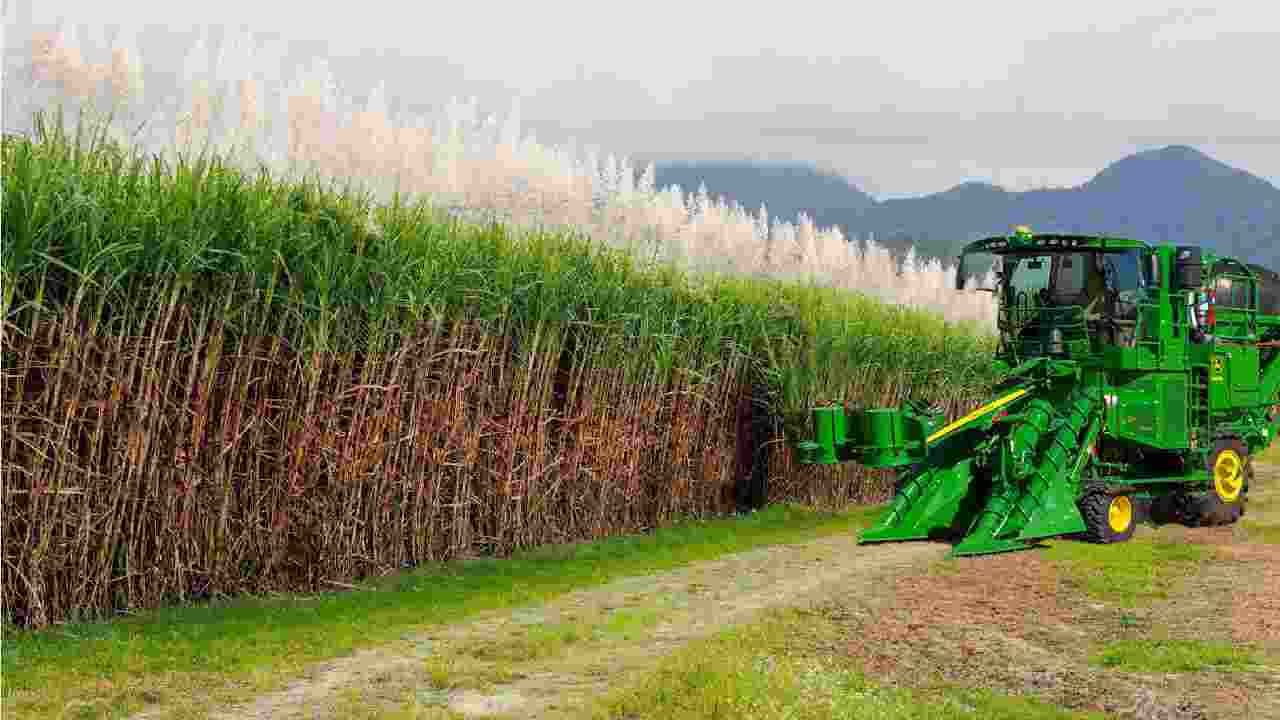By Phephile Motau
Eswatini’s focus on commercial production of sugar cane and fruit for export or on smallholder farming of maize and livestock leads to the high incidence of malnutrition and countrywide food security challenges. This is according to the country’s food systems profile compiled by the Food and Agricultural Organisation (FAO) and the European Union. Smallholder crop volumes and yields are said to be low and of poor nutritional value. The lack of crop diversity is a further challenge to producing sufficient nutritious food and as a result, Eswatini shoulders the triple burden of malnutrition, pervasive undernutrition micronutrient deficiency, and high rates of anaemia, even as being overweight and obese is on the increase due to changing lifestyles and consumption habits.

In 2019, more than 20 percent of the population of Eswatini experienced severe acute food insecurity. This figure rose to almost 30 percent in 2020.
One of the key drivers of malnutrition and food security challenges is said to be the country’s vulnerability to extreme weather events and other shocks.
Eswatini faces weather shocks and disasters, which primarily affect the agricultural sector through seasonal flooding and drought. The country experiences violent storms, epidemic diseases, and forest fires, which can take large tolls. Persistent drought, in particular, is exacerbating the challenges of food insecurity
Since 2020, the economic shocks of COVID-19 and responses to the pandemic have also had a major impact on livelihoods. Related prevention measures reduced incomes for approximately 37 percent of households; 26.9 percent reported loss of employment, which further eroded their ability to purchase food and farm inputs, resulting in high acute food insecurity (29.5 percent of the population).
Another driver, according to the profile, is limited investments in SNL land.
It was argued that approximately 70 per cent of the population involved in agriculture are smallholder farmers. These farmers contribute only 11 per cent of total agricultural output, with a low average maize yield of 1.1 tonnes/ha.
“One of the reasons for low productivity in SNL is low investment opportunities, as farmers cannot use the land as collateral to acquire
credit. The large majority (89 per cent) of the farmers have small land parcels with unsecured tenure. They indicate that this insecurity has held back investment in farm infrastructure and undervalued their land as an asset,” the profile states.
SNL smallholders, who mainly depend on rainfed subsistence agriculture and/or livestock herding, cannot access improved inputs
(such as improved seeds or fertilizers) or invest in irrigation equipment, which is a significant contributing factor to food insecurity in Eswatini
The third driver is inadequate infrastructure.
According to the profile, Eswatini has well-developed main tarmac road
links to South Africa and Mozambique, (via Namaacha), which ease the transport of exports, especially to the seaport in Mozambique. Poor roads in rural areas, however, continue to impede services in these areas
Poor infrastructure also makes it difficult to access markets and services, such as agriculture, education, health, technology, and communication, and contributes to higher prices and post-harvest losses (pests and diseases), and food and nutrient losses.
Poor infrastructure in rural areas also limits the availability of a variety of nutritious food produced elsewhere, resulting in food consumption remaining dominated by maize.
Another driver is said to be the high poverty and unemployment rates
which limit the capacity of the population to afford diverse, nutritious food and to access adequate water, sanitation, and hygiene (WASH) facilities, contributing to food security and nutrition challenges.
The profile states that according to the World Bank, the lack of adequate job opportunities is one of the leading developmental challenges facing Eswatini, and a major contributor to the substantial proportion of the population living below the national poverty line.
Another driver is increasing urbanization and changing family
structure which has had a notable impact on consumption habits in recent years.
The tendency among urban consumers to shy away from traditional, nutritious, and varied foods to more highly processed convenience foods, high in sugar and fat, has implications for public health and the transformation of food systems.
Changes in family structure, including women working, have also contributed to changes in dietary patterns by reducing the time available to produce nutritious, varied, but labour-intensive meals from scratch.
The profile states that better food security and nutrition remains a priority in improving the lives of many segments of the Eswatini population. This is particularly urgent among rural households on customary land that lack access to resources and development, and for unemployed and marginalized communities in urban peripheries.
“From a policy perspective, multisectoral cooperation among various governmental institutions is required to improve and strengthen the food security and nutrition situation in Eswatini and it should be accompanied by effective implementation to ensure delivery,” the report states.
It was argued that there should be support for a strategic and policy focus and strengthen institutions (including budgets), investments in diversification and sustainable agricultural production practices and technologies, to support rural communities – especially those on customary land – to improve their food security and nutrition situation, combined with concerted multisectoral efforts and investments to address issues related to land tenure, health, and infrastructure, among others.
The profile also states that value chain development and diversifying agricultural production have the potential to increase the availability, affordability, and accessibility of diverse and nutritious food.
“As a major contribution to the agricultural sector, it can help improve food security and nutrition. This is also a prime rationale for the country’s strategy to increase economic growth in an equitable manner and diversify smallholder agriculture, increase incomes and resilience,” the profile states.






